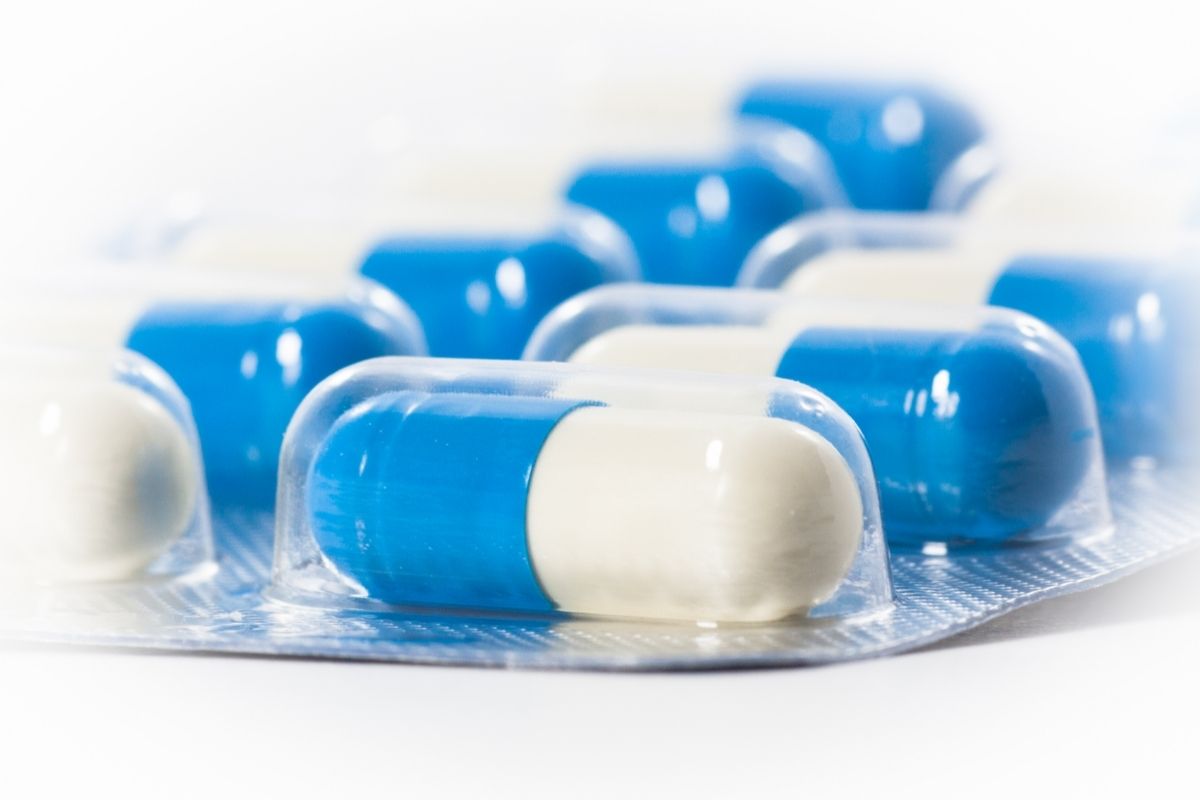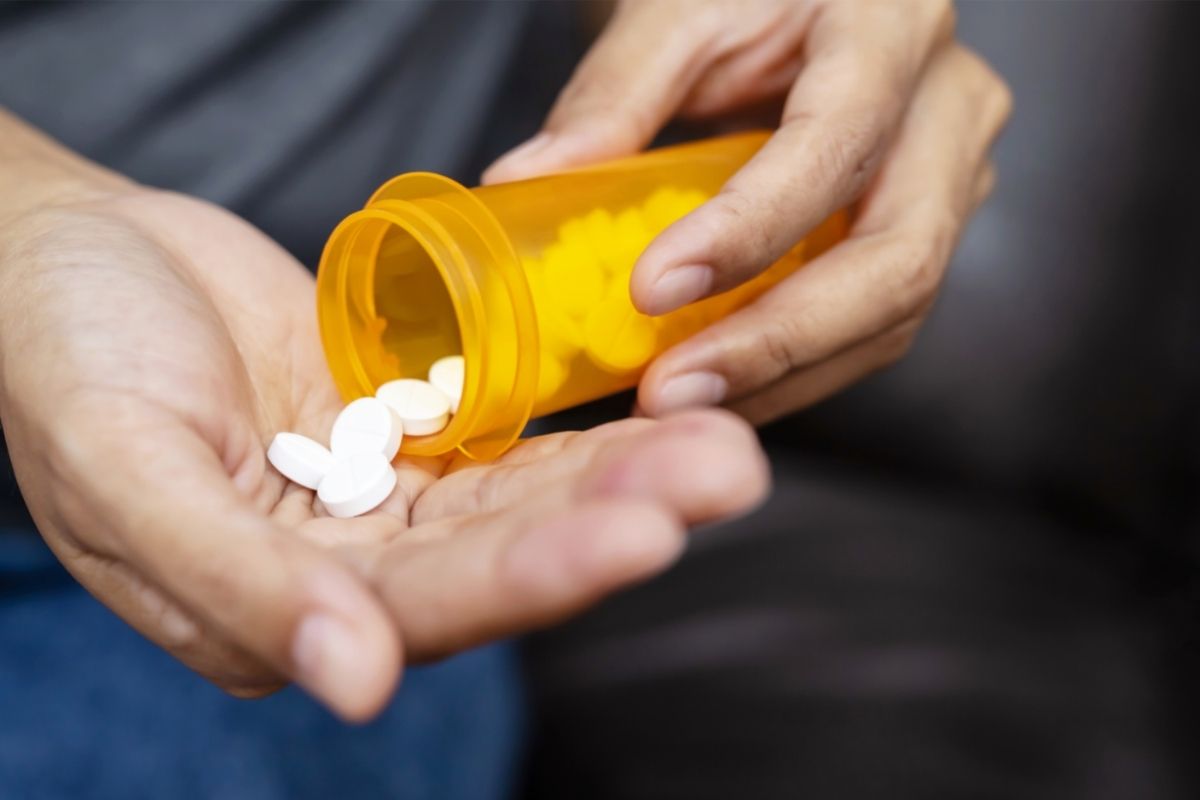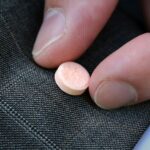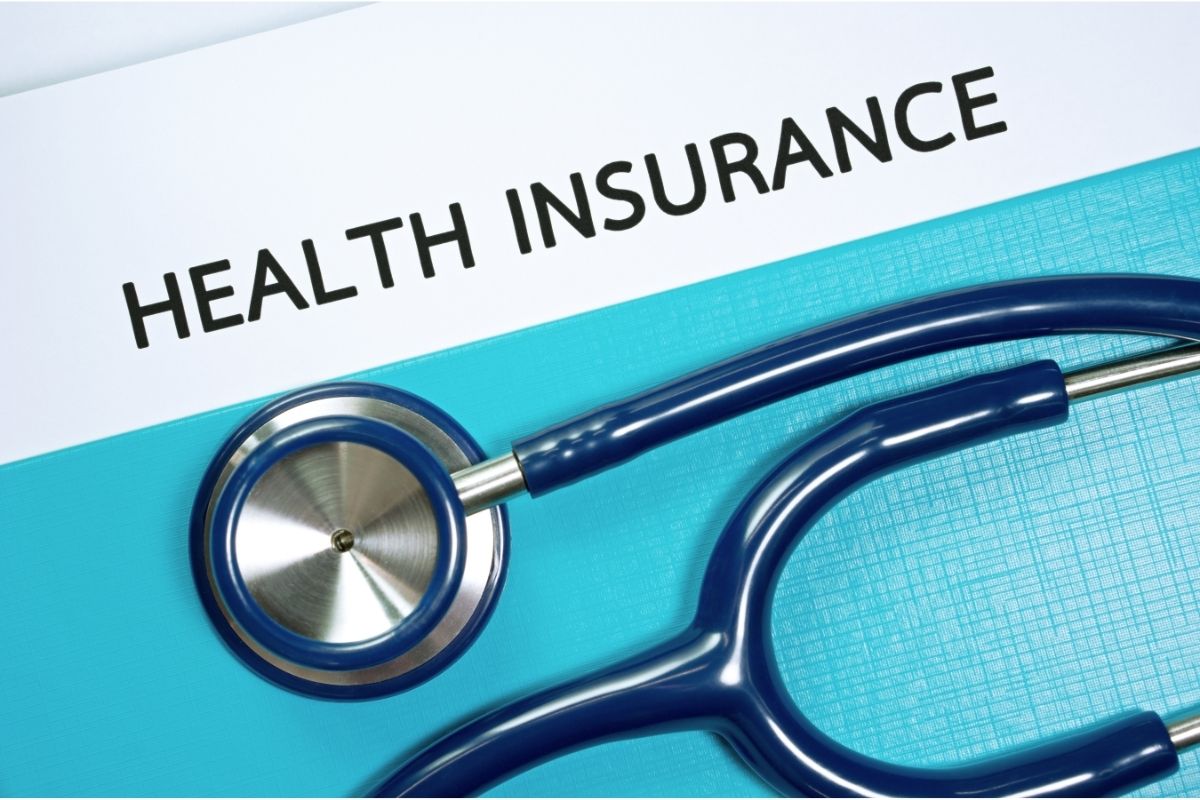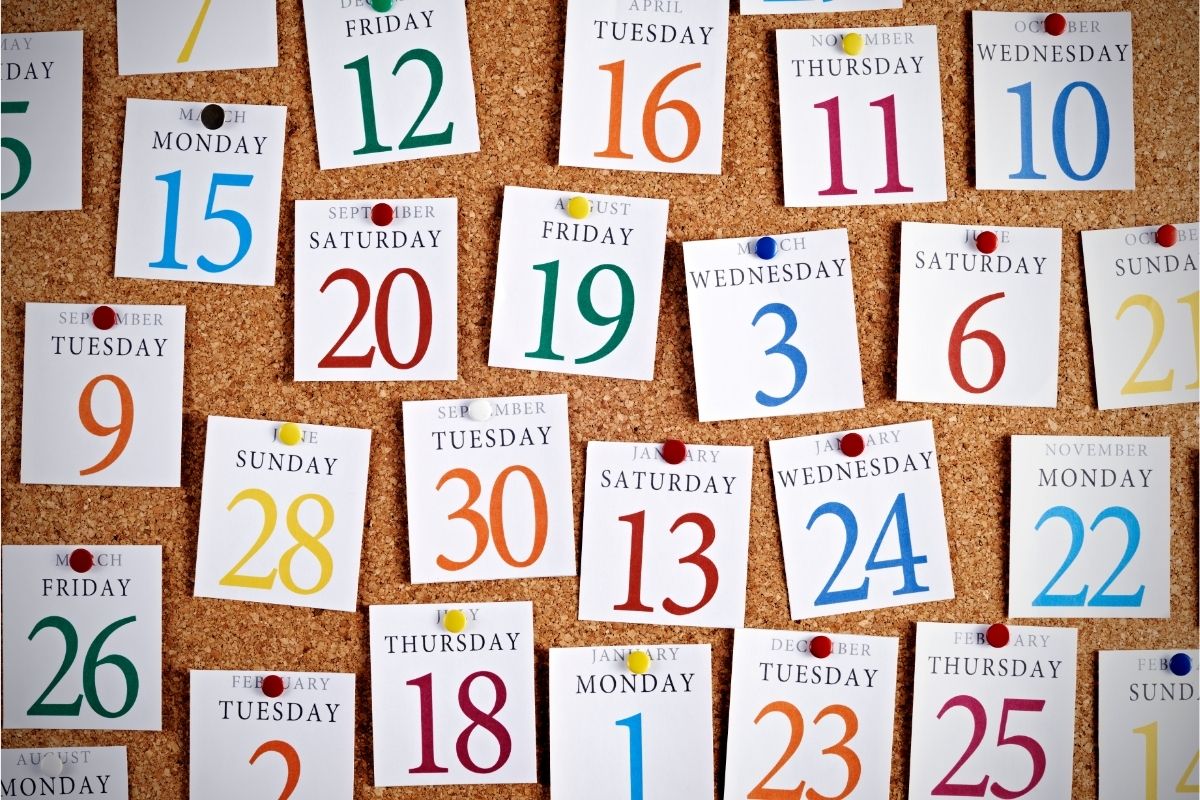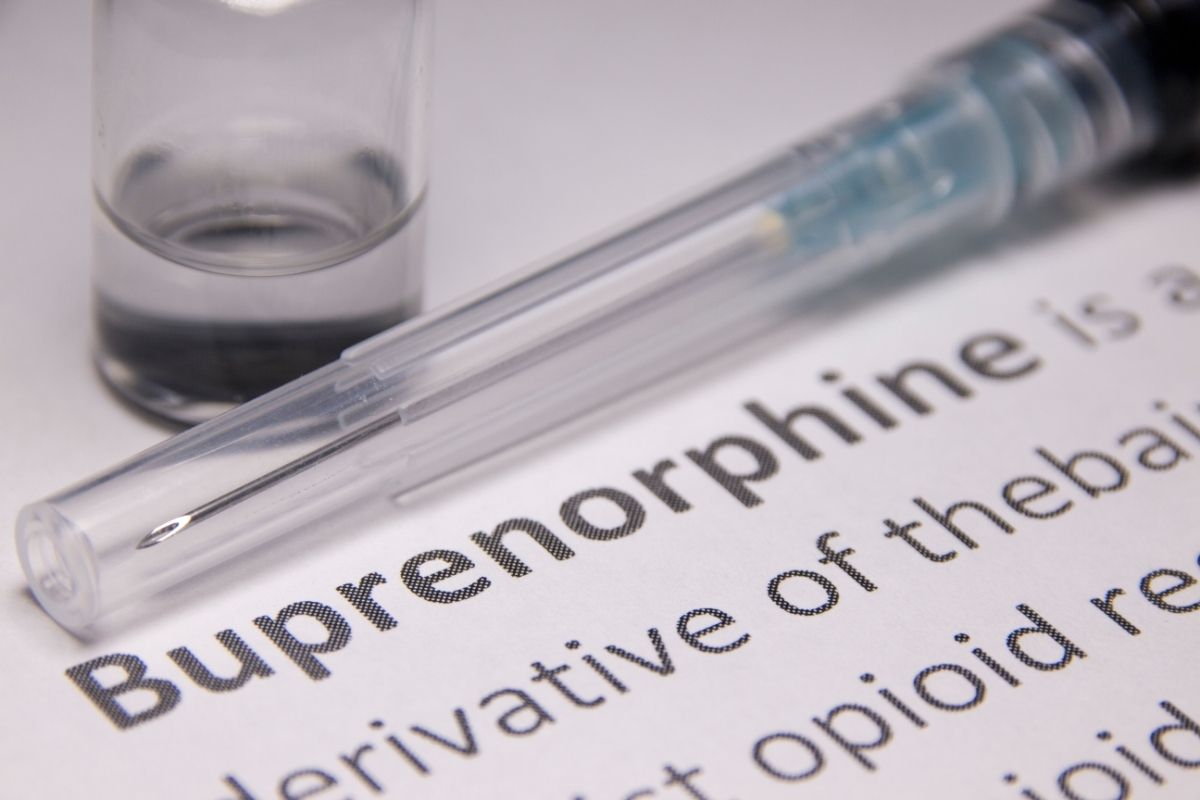Low-dose naltrexone is a proven treatment for drug and alcohol management. However, despite much praise, few health insurance companies reimburse drugs.
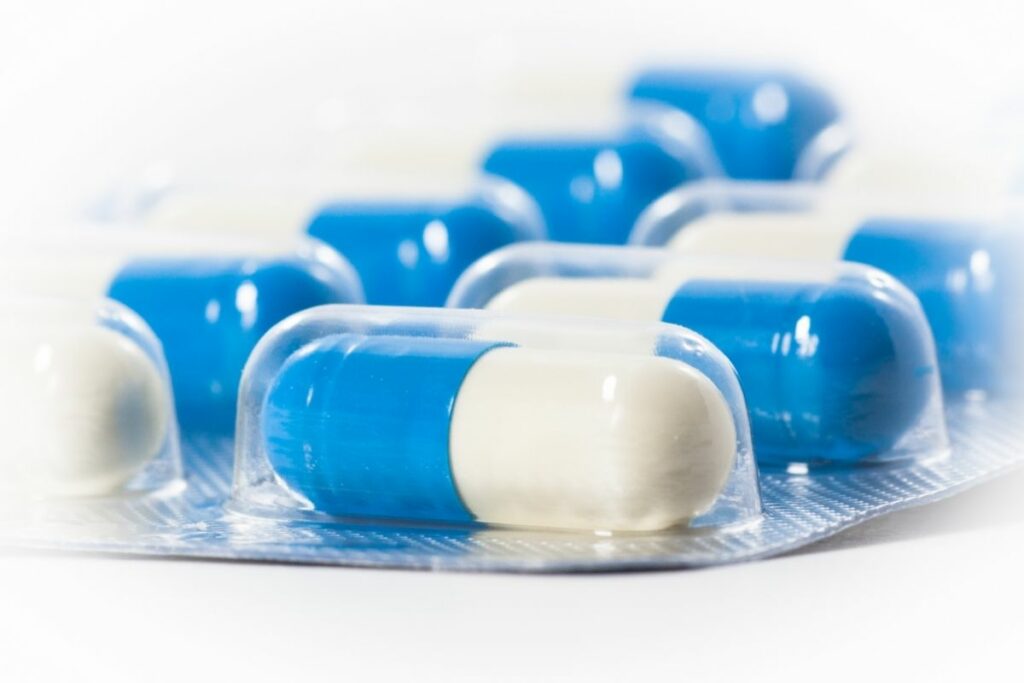
What Is low-dose naltrexone?
Naltrexone is a pharmaceutical drug used to treat people suffering from opioid addiction and alcoholism.
The term low-dose naltrexone, or “LDN” refers only to low-dose naltrexone ranging from 3 mg to 10 mg per day.
If someone is gluten intolerant and they don’t know it and they’re eating gluten and they’re taking LDN, they need the full 4.5 mg dose. Then they take gluten out of their diet, and maybe 4.5 mg is unnecessary or even starts causing some side effects.
Why don’t insurance companies cover low-dose Naltrexone?
Naltrexone has been used to treat alcoholism for many years. Despite many praises for its treatment, there is no insurance coverage. What is the reason behind this? Stay tuned for further details. long-term effects of Alcoholism include changes in brain chemistry and structure, which can lead to depression, anxiety, and other mental health issues.
Many health insurance plans cover the cost of rehab for substance abuse and addiction treatment. The level of coverage and specific services covered will vary depending on the insurance plan and the individual’s needs.
How effective is low-dose naltrexone?
Research on LDN is currently quite good. These studies mainly focused on cancer, multiple sclerosis, Crohn’s disease, fibromyalgic disease, and autism disorders.
The treatment is very effective in Crohn’s, with over 60% remission rates and even total mucosal healing, as evidenced by colonoscopy. It is quite an astonishing statistic.
How does Naltrexone work?
Naltrexine is a narcolepsy drug and can be used to block neuroprotection from opioids. Opioid chemicals are commonly used in the body to create feelings of happiness, relaxation, or relief from pain.
Taking a drug can prevent the brain from recognizing the opiates reaching the brain by blocking receptor signals so that they can be detected. Having reduced cravings for alcohol and opioids can help control addiction and prevent relapse. It’s surprising that it is unable to be covered by most insurance companies.
Why Don’t Insurance Companies Provide Low Dose Naltrexone?
The reason insurance companies don’t offer lower doses of naltrexone is because it’s a compound drug.
Many doctors may be surprised to learn that he has never heard of LDN. Drug companies don’t mass-produce low-dose naltrexone, and it’s not taught in medical school, so doctors rarely recognize it.
It is also worth noting that low-dose naltrexone is fairly inexpensive. It’s usually cheaper to buy a prescription or a monthly supply than to buy through insurance.
Finally, the low price makes it accessible to those who cannot purchase an insurance plan that covers LDN. Yes, Tricare covers rehabilitation services for eligible beneficiaries. These services may include physical therapy, occupational therapy, speech-language pathology, prosthetics and orthotics, and more. Methadone can be used with dietary restrictions.
Is Low-Dose Naltrexone Safe?
LDN has proven itself very safe—a drug that reduces the need for a patient to take a specific drug without causing withdrawal effects. 4.5 mg is the recommended dose for LDN. However, a thorough study of proper LDN dosages has not been done yet.
Many different parameters can influence how you respond to the prescribed amount, such as body mass index and metabolism variations. Unlike high doses, these side effects are small.
What if I’m prescribed low-dose Naltrexone but my insurance doesn’t cover it?
When LDN is not included in your policy, you should still take your prescription to an allied pharmacy. Your prescription should only include the details of your individual medication dosage to process the orders from your doctor.
The pharmacist will prepare the drug accordingly. Take your LDN prescription at the most professional and accredited pharmacy as a compounding LDN capsule is a fast-release capsule and contains no fillers or binders.
But in some states, insurance companies can deny treatment programs that aren’t under Medicaid coverage. Be sure to check with your provider and your state’s policy on whether you may be covered for LDN. Low-Dose Naltrexone Alternatives If you’re refused LDN coverage by your insurer and you’re struggling.
Treating Chronic Pain
Pinkley says she is frustrated that there are so many missing pieces in the puzzle of understanding and treating chronic pain, but she, too, has become a believer in naltrexone. She has been taking it for about a year now, at first paying $50 a month out of pocket to have the prescription filled at a compounding pharmacy. In July, her insurance started covering it.
Well Tolerated
That’s why a lot of clinicians out there feel justified and safe in using LDN for conditions that it hasn’t directly been studied on because, A, the mechanism makes sense and, B, it’s safe and well tolerated and doesn’t have any significant complications or risks or even side effects in many of these studies. One of the advantages of LDN as a therapy is that it’s low cost.
Central Nervous System
In addition to blocking the opioid receptors, LDN blocks something called toll-like receptor 4 that’s found on white blood cells that are called microglia, and the microglia are central nervous system immune cells that produce inflammation, pain sensitivity, fatigue, sleeplessness, mood disorders, and cognitive problems.
The National Pain Strategy calls for a multipronged approach to provide integrated care to treat chronic pain. 9 It also highlights the need to improve coverage and reimbursement policies, because these policies play an important role in shaping drug utilization.
Meaning Our findings underscore important opportunities among insurers to redesign coverage policies to improve pain management and reduce opioid-related injuries and deaths.

Low dose Naltrexone alternatives
If your LDN insurance company isn’t offering LDN coverage you might want to consider these FDA-approved alternatives to the drug.
Naltrexone is a pharmaceutical drug used to treat people suffering from opioid addiction and alcoholism. The term low dose naltrexone or ‘LDN’ merely refers to the low doses of naltrexone, ranging from 3mg to 10mg per day. Sometimes referred to as ‘Vivitrol’, it can be administered via injection or orally How does Naltrexone work?
Acamprosate
Calcium acamporose is the cheapest treatment available for alcohol addiction. The results show that alcohol affects neurotransmitter levels. Acamprosate helps restore brain functions. Acamprosate does not cause symptoms of withdrawal and therefore is more effective than other drugs. The recommended dose is 666mg (two pills) 3-times a day. But please ask your physician for more information about your suggested dosage.
Final Thoughts
So the next time your insurance company denies coverage for low-dose naltrexone, you’ll know why. And don’t worry, LDN is affordable and available at your local pharmacy with your doctor’s prescription.
Always check with your insurance company to see if you are eligible for LDN. Do not hesitate to ask your doctor about the above medicines and their recommended doses.
ambetter online psychiatrist, suboxone clinic that takes insurance, better mental health coverage, virtual mental health visit, virtual primary care prproviderspersonal and professional issues
First Step Recovery Centers is a network of addiction treatment centers located in the United States. The centers provide evidence-based, comprehensive treatment for individuals struggling with substance use disorder and co-occurring mental health disorders.
Why is blocking opioid receptors good?
Low Dose Naltrexone aims to stop the synthesis of a receptor that is called toll-like receptor four. They’re known as microglia. When a microglia is chronically activated, such as in case of fibromyalgia and other chronic pain conditions, it leads to neurotoxicity and a complex series of symptoms that are associated with the condition.
It regulates the immune system by promoting T regulatory cell function
T-regular cells (TRg) maintain the immune system in order, and they activate and off-inflammatory response according to what needs to be done. They are important for reducing immune dysfunction. It helps with the symptoms of hyperactive immune systems like asthma or other chronic illnesses.
You may be surprised to learn that many doctors have never even heard of LDN before! Pharmaceutical companies do not mass produce low-dose naltrexone, it’s not taught in medical schools, and so rarely would a doctor recognize it. And if the doctors don’t recognize it, then it’s likely the insurance companies won’t either. It’s also worth noting that low-dose naltrexone is fairly inexpensive.
Low Dose Naltrexone LDN
Low Dose Naltrexone New 37 views 27:16 Low-dose Naltrexone (LDN) & Chronic Pain: with Dr. Adrienne Junek, MD NutriChem Compounding Pharmacy & Clinic • 3.3K views 34:35 Dr Pamela Smith talks about LDN and specializes in anti-aging and Low Dose Naltrexone LDN Research Trust – Low Dose Naltrexone • 750 views 55:10 Linda Elsegood Interview on NY Radio with Pharmacist Carol Petersen LDN Research Trust – Low Dose Naltrexone.
How does LDN work?
Low-dose naltrexone is a low-dose medication called naltrexone, which is currently used by most people in the U.S. to treat obstructive or opiate addiction. If you’re taking 500mg, you can take any drug without getting hysteria or vomiting. However, when people used naltrexone for an hour a day it caused them no pain because opioid receptors mediate our senses of pleasure.
LDN prescribers near me, our health cost, treatment addiction, starting dose, autoimmune diseases

Health plan data extraction
Among the publicly available coverage documents we found are the 2017 plan formulations, summary benefits and coverage documents, and evidence of coverage. Three business plans examined were unable to provide a public-resource formulary, so we therefore collected data from national or regional formulations instead. All policy documents have been abstracted in an independent process. One reviewer extracted 20% of data, with interterritorial agreement over 95 % and discrepancy resolution through study team consensus.
I have often found that many patients that are new to LDN (low dose naltrexone) therapy tend to have many questions about it.
How Low Dose Naltrexone Helps Treat Autoimmunity?
Naltrexone is a prescription opioid that has a toxicity of 0.1 mg a day. Naltrexone blocks the production of opioids which helps addicts stop using it. In the mid-80’s a physician in Manhattan called Dr Bihari treated cancer and HIV patients and found that the low dosage of Naltrexone had a positive effect on the immune system. Since then, low dose naltrexones have been widely used in treating symptoms of cancer and other types of diseases involving immuno dysregulation.
What If I Am Prescribed Low Dose Naltrexone But My Insurance Doesn’t Cover It? If you are prescribed LDN but your insurance doesn’t cover it, you can still pick up your prescription from a compounding pharmacy. You’ll just need the prescription from your doctor or prescriber, detailing your patient-specific dosage, for your order to be processed.
Why haven’t I heard about LDN before?
Because low dose naltrexone has never been mass produced by a pharmaceutical manufacturer, it has never been promoted, marketed or heavily advertised to doctors or patients. Generally, many doctors we speak with have never heard of LDN before, through no fault of their own.
They discuss the importance of the microbiome of the soil, how conventional agriculture adversely. Last updated on October 25, 2022 RHR: A Functional Medicine Approach to Parkinson’s Disease In this episode of Revolution Health Radio, Chris discusses Parkinson’s disease and what we can do to address its rising prevalence in modern society.
How does Low Dose Naltrexone (LDN) work in Autoimmunity?
LDn is beneficial for patients suffering from immune problems. LDN’s action mechanism is divided into two major components.
ou will pay the same price for all products and services, and your purchase helps support Chris‘s ongoing research and work. Thanks for your support! You may also like… RHR: Focus on Your Feet to Live Pain Free and Be a Better Athlete, with Graham Tuttle In this episode of Revolution Health Radio.
LDN blocks this cascade by blocking the receptors on these microglial cells
Why is it that LDN reduces the erythrocyte sedimentation rate (ESR) which is a marker of inflammation that is elevated when the condition is fibromyalgia? Another recent finding is the LDL decreases inflammatory responses in the central nervous system. Inflammation in central nervous systems plays a key role in various different disorders which LDN may be effective at treating including chronic pain and depression.
Why is blocking opioid receptors good?
Low Dose Naltrexone aims to stop the synthesis of a receptor that is called toll-like receptor four. They’re known as microglias. When a microglia is chronically activated, such as in case of fibromyalgia and other chronic pain conditions, it leads to neurotoxicity and a complex series of symptoms that are associated with the condition.
It regulates the immune system by promoting T regulatory cell function
T-regular cells (TRg) maintain the immune system in order, and they activate and off-inflammatory response according to what needs to be done. They are important for reducing immune dysfunction. It helps with the symptoms of hyperactive immune systems like asthma or other chronic illnesses.
Related Blog:
Best Massachusetts Detox & Drug Rehab Centers In 2023
- 20 Day Inpatient Alcohol Rehab - February 15, 2024
- Drug And Alcohol Rehab 77441 - February 15, 2024
- Alcohol Rehab York Pennsylvania - February 15, 2024

